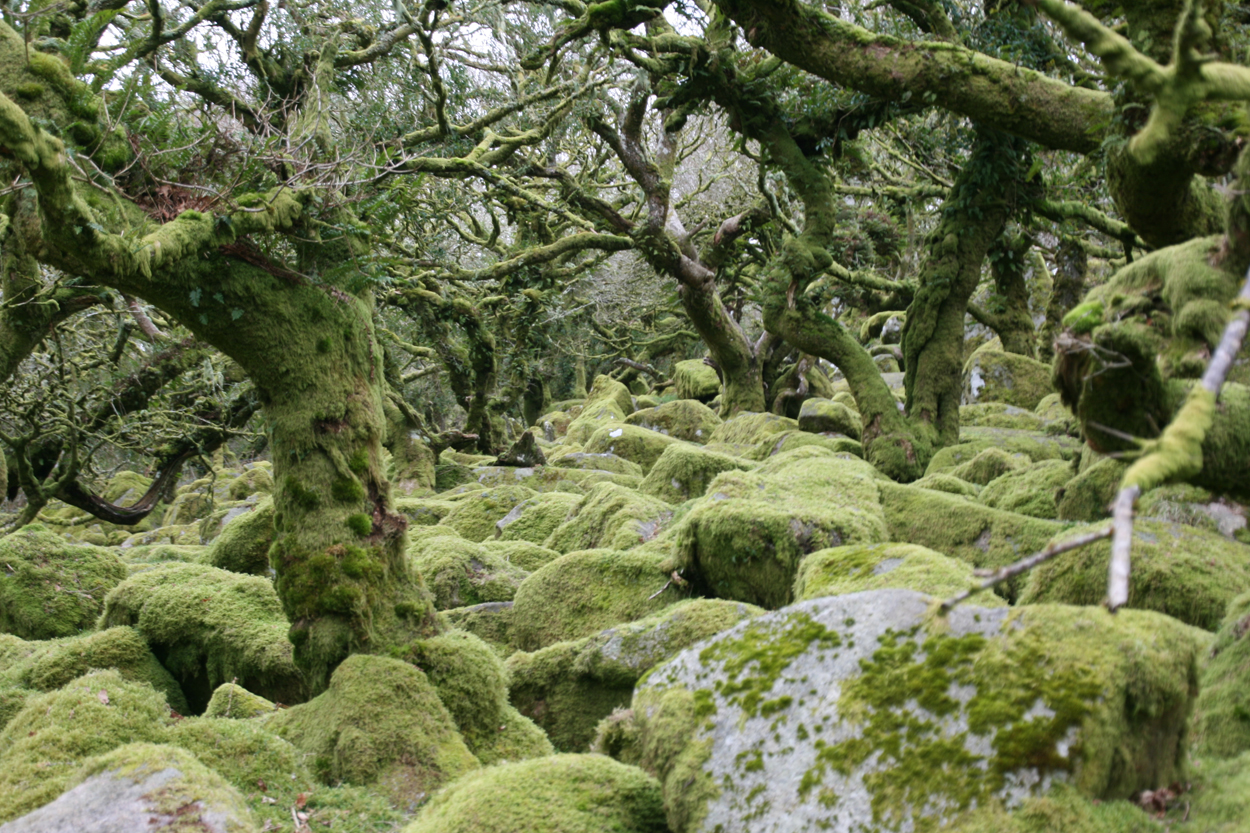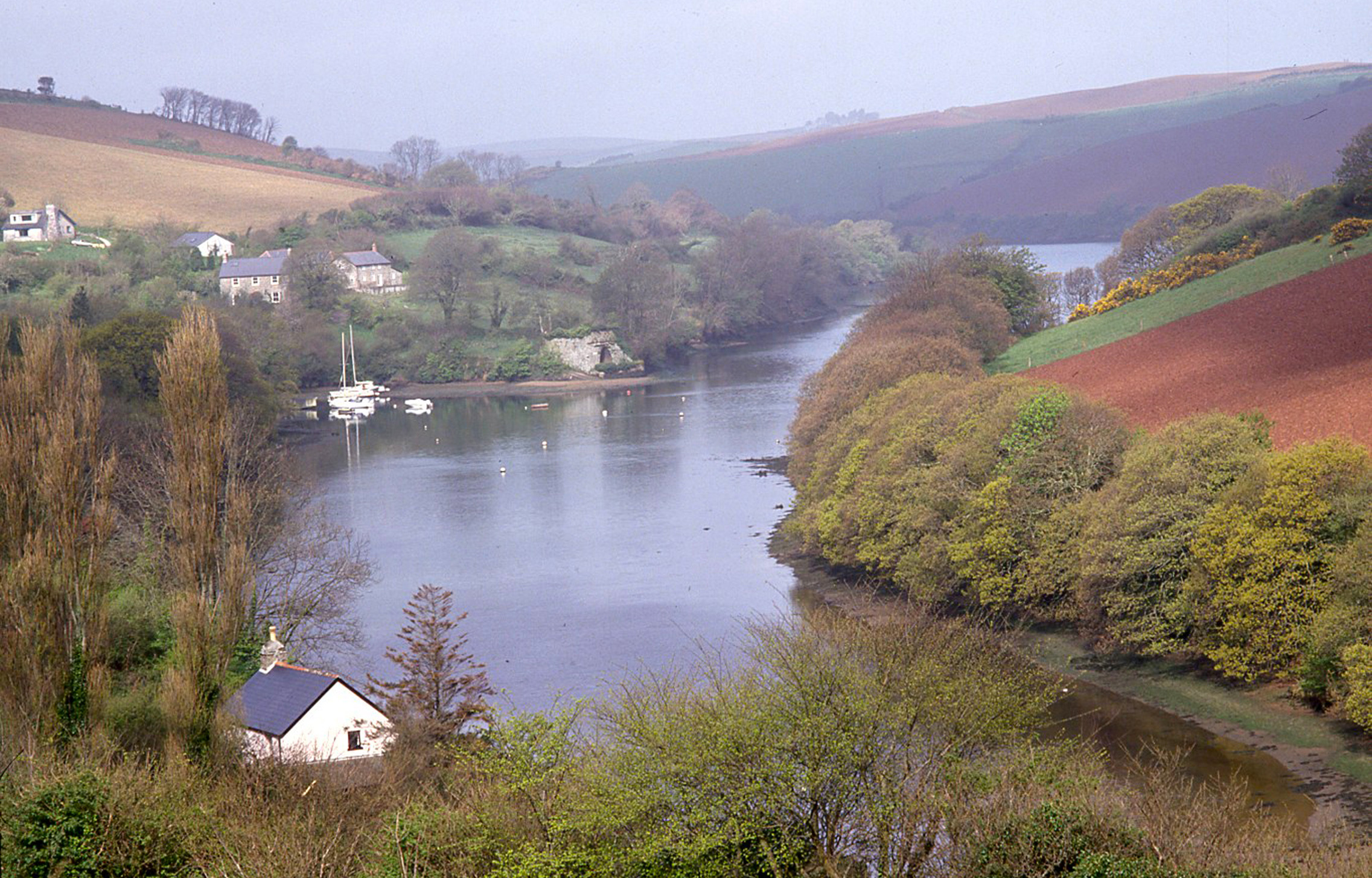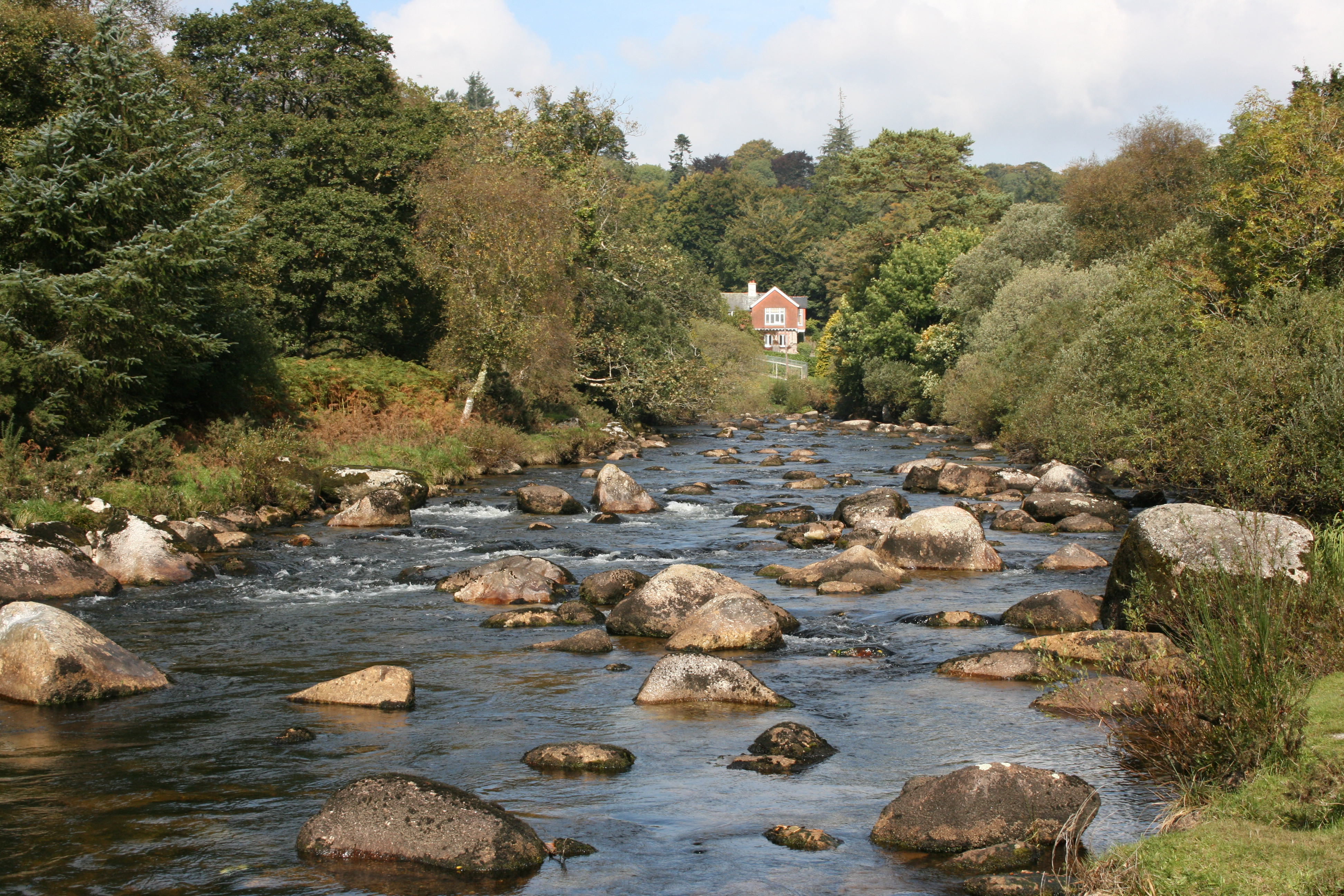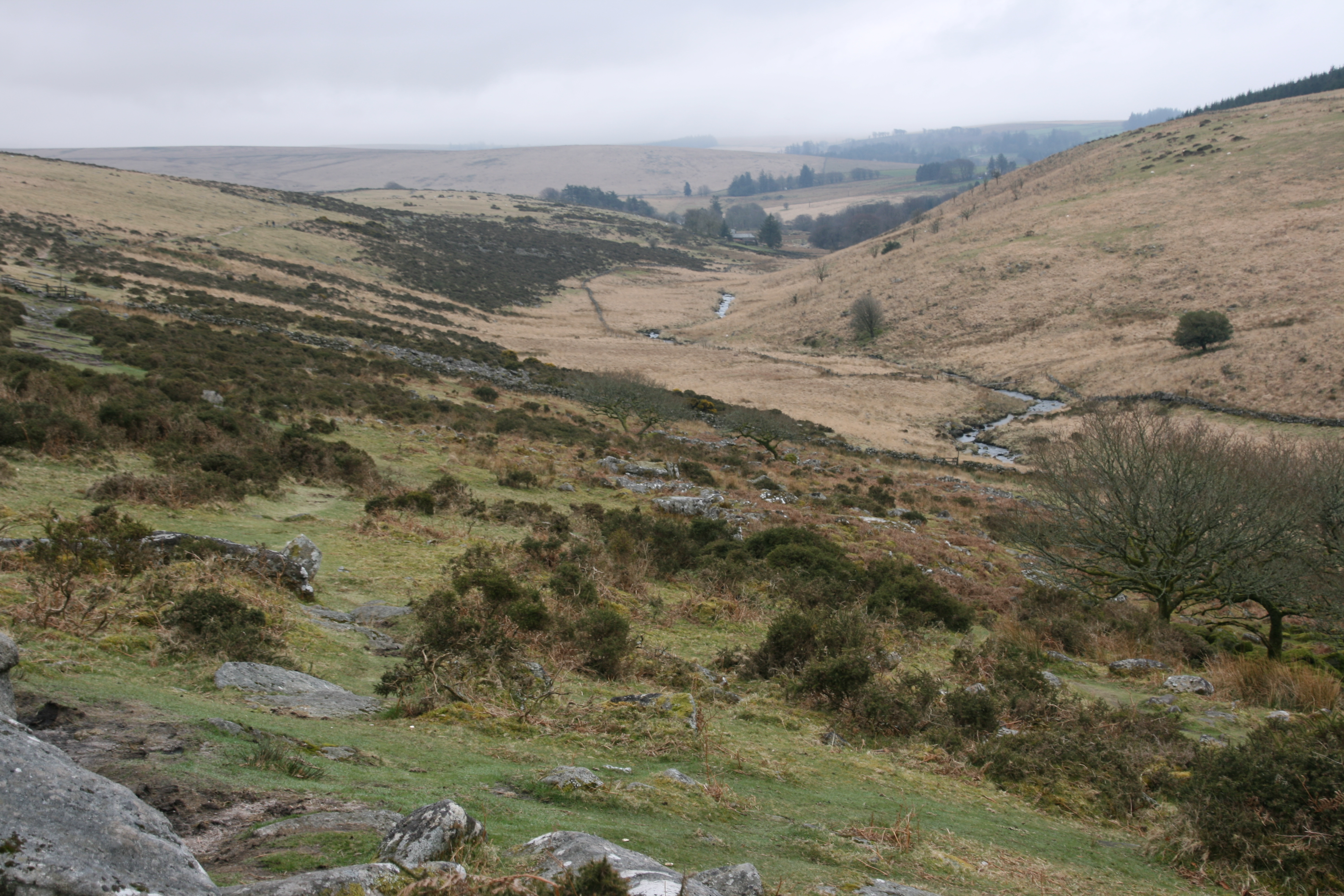
The quality and character of Devon’s iconic range of landscapes is one of the county’s most important assets, and is why many people choose to both visit and live here.
No less than 35% of the County’s landscape and geology is protected through national or international designations.
This includes two National Parks, namely Dartmoor and Exmoor, whose uplands are dominated by the granite of Dartmoor and the sandstones, slates and other sedimentary rocks of Exmoor, both of which strongly influenced by a period of mountain building caused by tectonic plate collision.
In addition, the Exmoor National Park, home to some of the darkest skies in the country, is Europe’s first International Dark Sky Reserve. The minimal light pollution on a cloudless night makes it possible to see, with the naked eye, literally thousands of stars and astronomical sights such as the Milky Way.
As well as the two Moors, Devon’s complex geology has created a striking diversity of landscapes including heathlands, secluded valleys, rugged coastlines, sweeping bays and rolling farmland. This rich historic landscape of distinctive field patterns, winding rural lanes, parks, gardens, settlements and buildings has shaped the pattern of human settlement we see today.
Five separate Areas of Outstanding Natural Beauty are to be found throughout the County: the Blackdown Hills AONB, the East Devon AONB, North Devon AONB, South Devon AONB and Tamar Valley AONB.
And there are two World Heritage Sites, The Cornwall and West Devon Mining Landscape and the Jurassic Coast, the only natural World Heritage Site in England.
Many landscapes have inspired artists and writers, but it is the two Moors that are perhaps the most iconic of all Devon’s landscapes and, as Arthur Conan Doyle wrote of Dartmoor in The Hound of the Baskervilles:
“The longer one stays here the more does the spirit of the moor sink into one’s soul, its vastness, and also its grim charm. When you are once out upon its bosom you have left all traces of modern England behind you, but on the other hand you are conscious everywhere of the homes and the work of prehistoric people. On all sides of you as you walk are the houses of these forgotten folk, with their graves and the huge monoliths which are supposed to have marked their temples. As you look at their grey stone huts against the scarred hillsides you leave your own age behind you, and if you were to see a skin-clad, hairy man crawl out from the low door, fitting a flint-tipped arrow on to the string of his bow, you would feel that the presence there was more natural than your own.”
There are places on Dartmoor where you can still feel that same way today. But wherever you are in Devon you will find yourself in, or very close to, landscape of outstanding beauty and tranquility.





